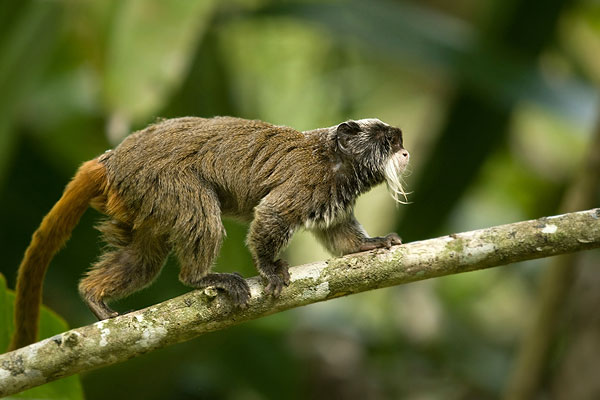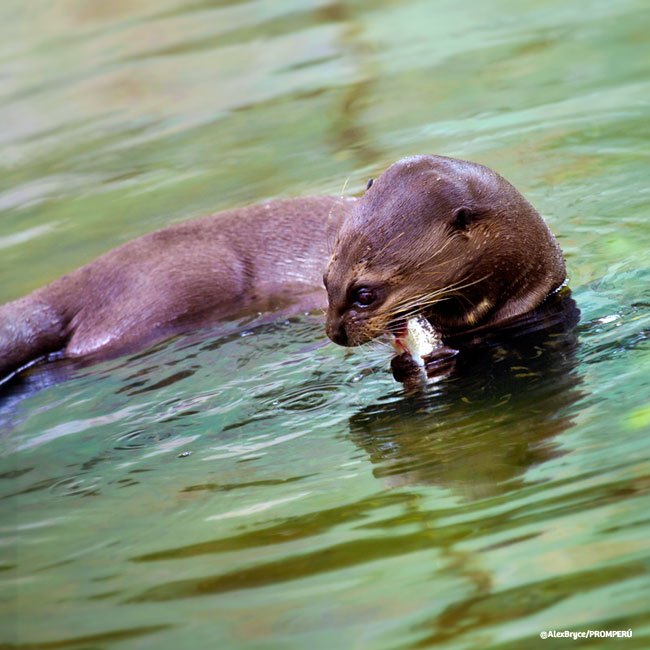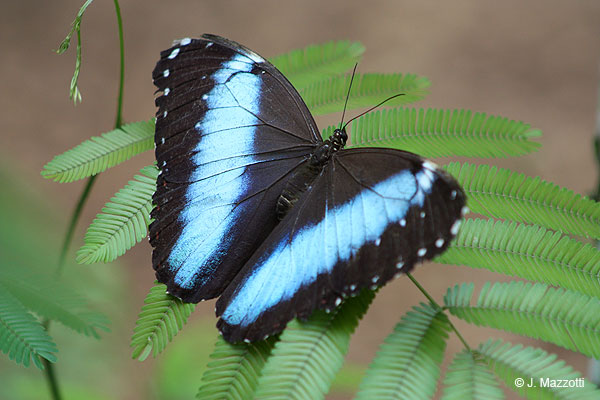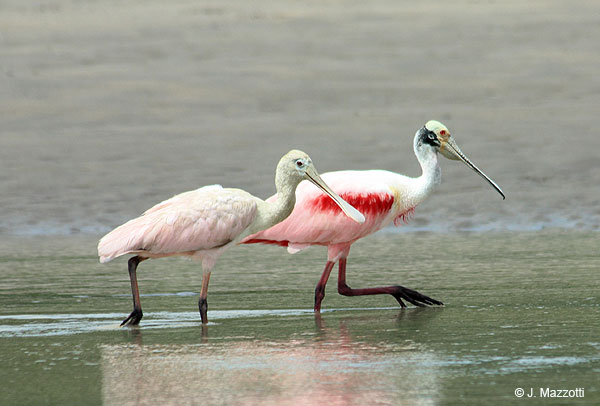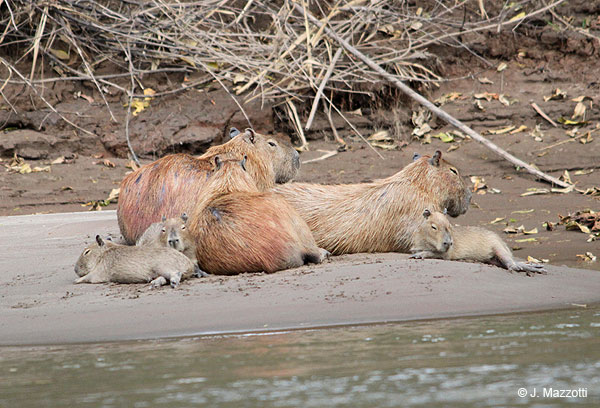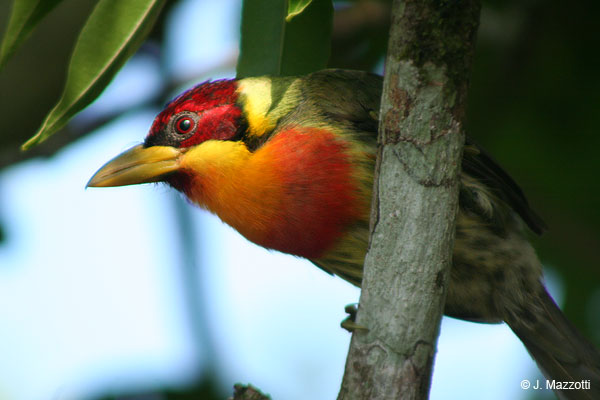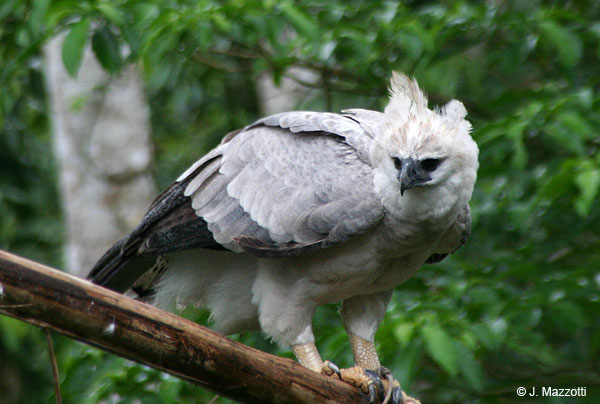Tambopata National Reserve
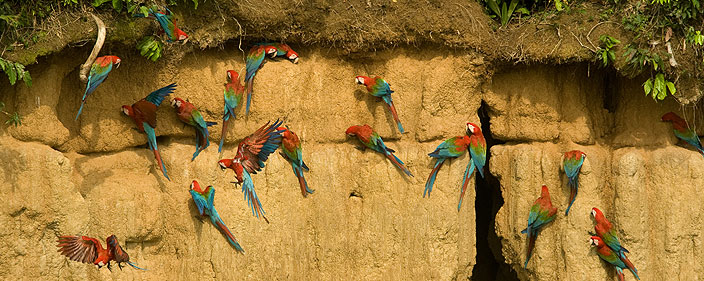
The Tambopata National Reserve is the most visited protected natural area in Madre de Dios, home to one of the richest ecosystems in the world and offers a unique experience for those who want to discover the Peruvian Amazon rainforest.
The Tambopata National Reserve ( Reserva Nacional Tambopata) which sits between the Tambopata and Heath river basins, covers 274,690 hectares and stretches into the Madre de Dios and Puno regions in Peru. (Map of Tambopata National Reserve)
For fans of bird and wildlife watchers, scientific tourism, nature lovers and those wishing to visit native communities.
It boasts an incalculable wealth of biodiversity: 900 species of bird have been discovered in the area, along with 1,234 species of butterfly, 94 types of fish, 127 amphibians and 74 reptiles. Flora typical of the tropical regions can be seen; its most common ecosystems include aguaje palm areas, swamps, pacales and riverside forests, whose characteristics allow local people to take advantage of the natural resources.
A paradise of biodiversity
Tourist Access to Tambopata
45 Km south of Puerto Maldonado (2 hours by motorboat). An alternative route can also be taken, 25 Km over land (using a 4x4) to where the Infierno (Hell) community is located, followed by travelling on the river to reach the reserve (2 hours on a 55 horsepower motorboat). In order to access the area, visitors require prior authorisation from the National Service of Protected Natural Areas (SERNANP). (See: Sandoval Lake)
Visit and Travel to Tambopata
Inside the reserve, areas enabled for tourists and visitors exist, and other areas are only restricted for the entrance of investigators. In the area for tourists, exist lodging facilities. To really appreciate and be amazed by the Amazon's scenery, 4 days are needed.
There are jungle lodges in its interior, and near to it, that offer lodging and guided wildlife excursions for the tourists, as well as housing facilities and work for investigators and scientific.
To visit this reserve, you should arrive from Lima or Cusco by air to Puerto Maldonado, and from there carry out a riverboat trip that lasts approximately 4 hours.
The entrance of tourists to this Reserve is restricted to certain areas, those that should be coordinated previously with the tour operators. To enter the reserve, prior authorization from SERNANP is required. We consider indispensable to coordinate your expedition with expert guides and Jungle Tour Operator.
Native Communities
Tambopata is the home of the E'se Eja, an ethnic group that has lived in the area since ancient times and knows every inch of the reserve. The E'se Eja are currently organized in three communities: Palma Real, Sonene and Infierno. The latter community works together with private companies to offer diverse activities and tourism services including lodging and guided tours, among others. The project has been considered a global success, thanks to the cooperation between the community and a private company to offer a beneficial eco-tourism product.
Tambopata National Reserve
Location: Departments of Madre de Dios and Puno, provinces of Tambopata, Carabaya and Sandia.
Area: 274,690 hectares
Date of Creation: September 1990.
Area for the protection of the fauna and flora of the tropical sub humid forests, constitute one of the richest ecosystems in the world, it possesses a great diversity of wild life that captures many scientists and tourists from all parts of the world.
The special characteristic of the jungle of Madre de Dios department is due to masses of cold air coming from the southern Atlantic, during the months of June, and they originate an abrupt descent of the temperature, reaching 5°C or less. This eventual meteorological phenomenon is denominated, in the area, as the "friaje".
This situation, in the evolutionary process during hundred-thousand years, originated the disappearance of many species of reptiles, because of being of cold blood, and when existing less predators, and the adaptation of others, it is already allowed the subsistence and evolution of species missing in other places of the earth, inclusive in the Amazon area. Existence of animal species and unique vegetables in their gender. These forests still have many places to discover and also many unknown species alive for the science.
The scientific investigations of the last 25 years have registered until the present time 20,000 species of plants, 1,234 species of butterflies, 900 of birds (biggest quantity that all the species that inhabit the territories of U.S. and 1/5 of all the existing species of the world), 152 of dragon flies, 135 of ants, 127 of reptiles that live in land and water, 103 of mammals, 94 of fish, 74 of reptiles, and many others that are not yet discovered and identified.
Ornithologists working in the reserve since 1976 have recorded 900 different bird species, the highest count on earth , equivalent to 1/6 of all bird species known to occur on the South American continent. Parrots, parakeets, motmots, trogons, jacamars, kingfishers, hummingbirds, tanagers, antbirds, woodcreepers and flycatchers are all common, along with the more sought after large macaws, toucans, harpy eagle, guans, trumpeters, screamers, tinamoous and hoatzins. In fact, several species of macaws, toucans, and both spix's and piping guans can be seen easily without even leaving the porch in front of your room.
A bonus for the nature lover are the great abundance of different insect species, which include an ample variety and again the world’s highest recorded numbers of butterfly species with 1200+ spy and dragonfly species with 149 spy
Its territory embraces from the Andean oriental area in the province of Sandia, to the low jungle in the province of Tambopata, furrowed by the river Tambopata and its affluent. Inside the reserve inhabits the tribe of the Huarayos and Ese'ejas. Because of its unique features, in 1977 this area was set aside as a Reserved Zone by the Peruvian Government prohibiting any hunting and lumber cutting. In 1990 the 1'478,943 hectare Tambopata - Candamo Reserved Zone was created which encompasses the Bahuaja - Sonene National Park created in 1996.




